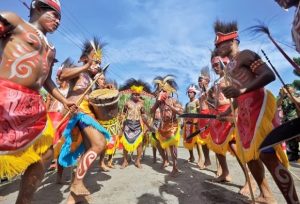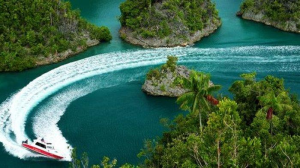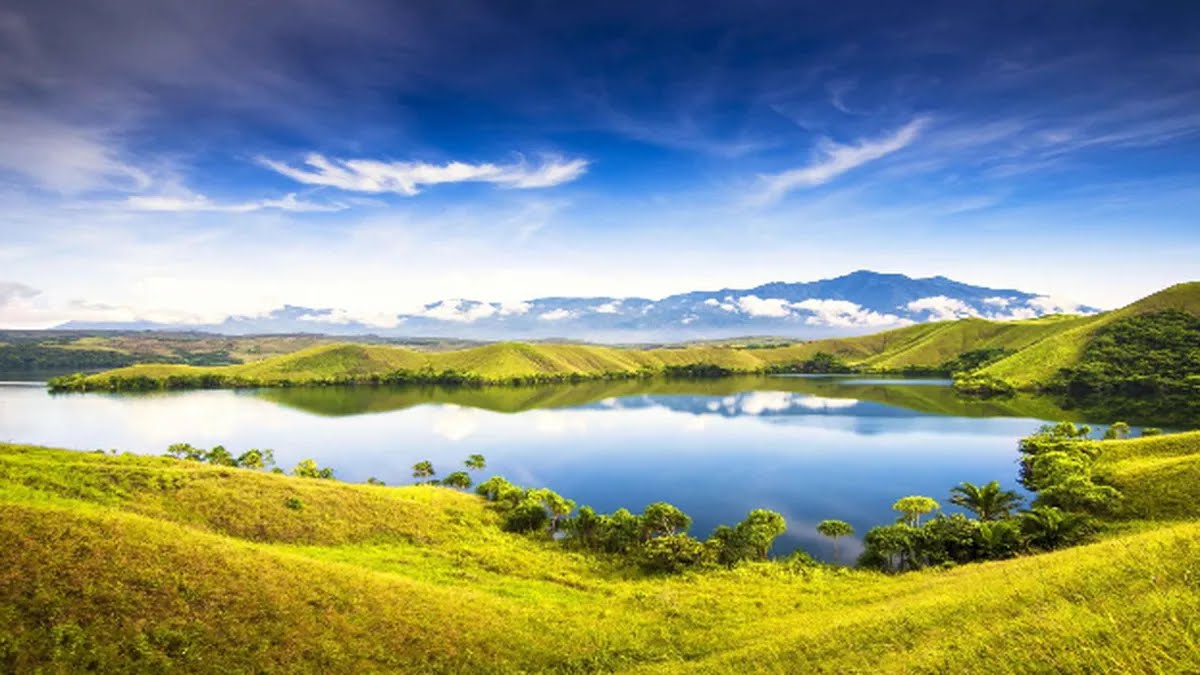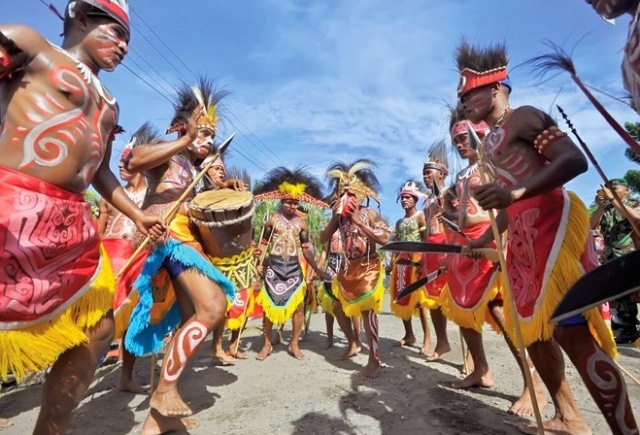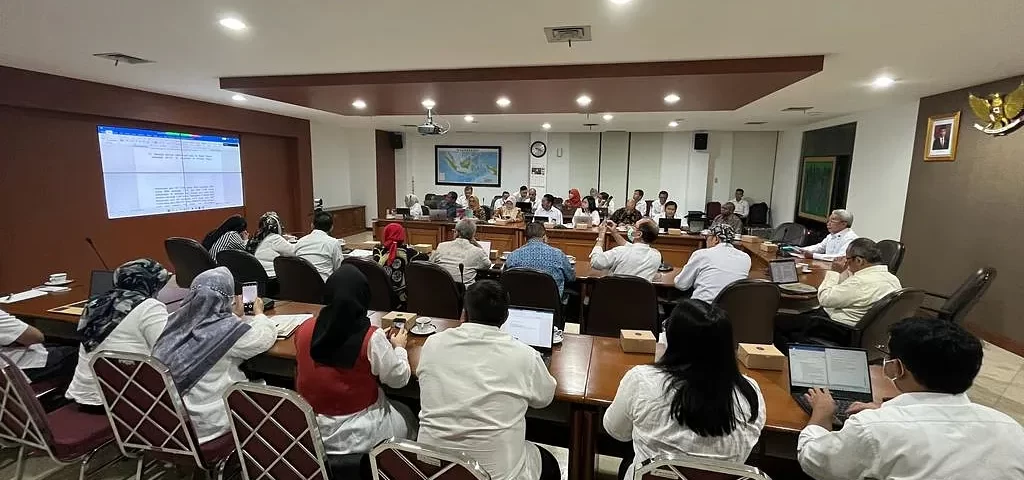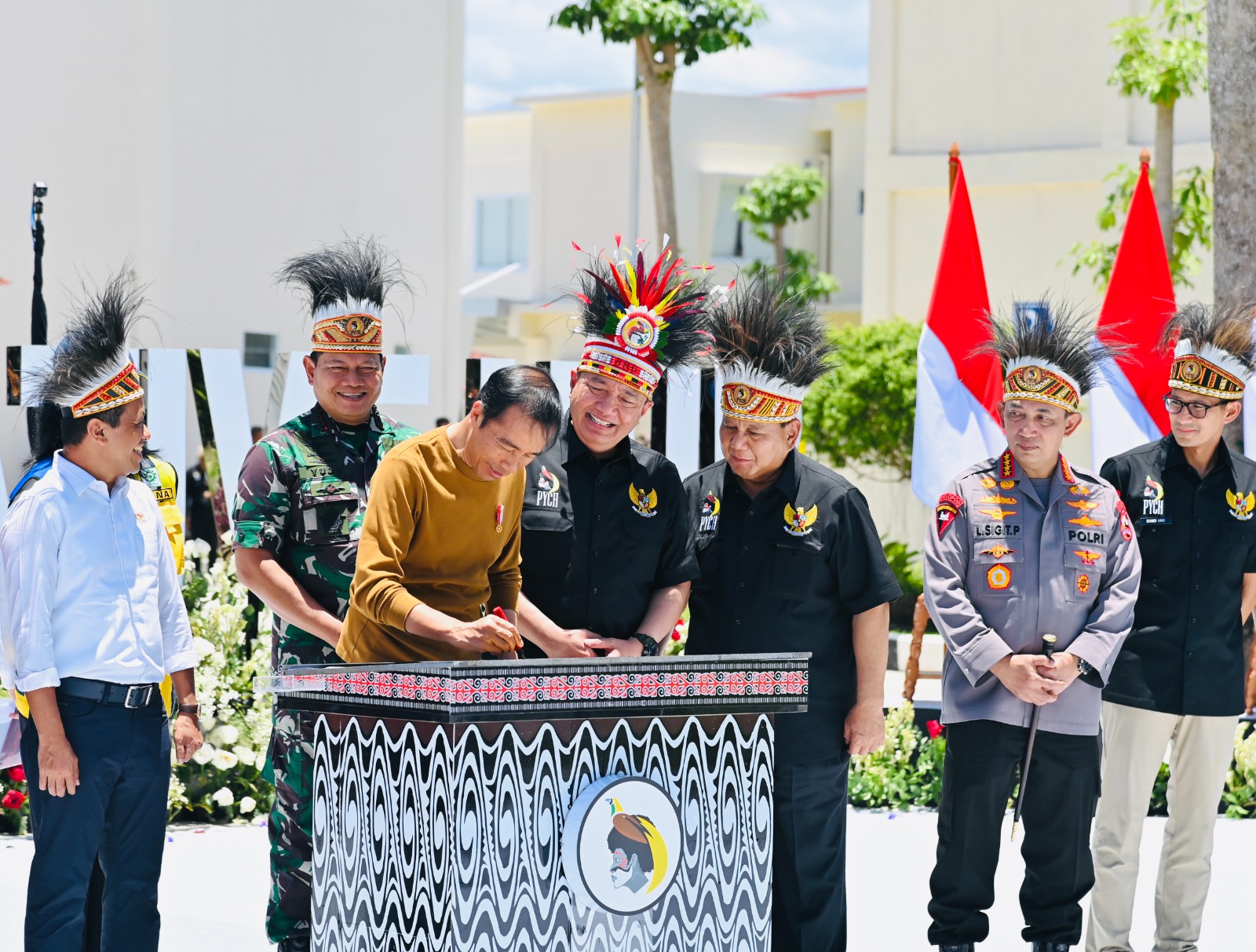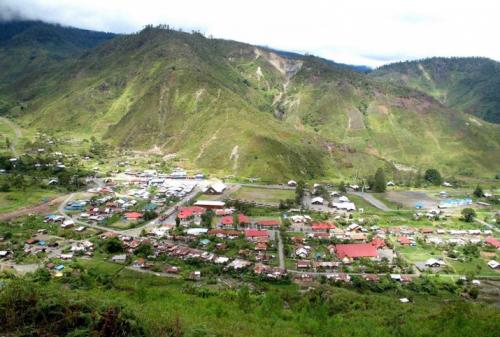Raja Ampat in West Papua
Raja Ampat is one of the most beautiful dives of my life. But beware, a trip to Raja Ampat requires to behave as a responsible visitor. Tourism is booming in these Indonesian islands and is endangering one of the most magnificent reservoirs of biodiversity on the planet.
Do you dream of going to Raja Ampat? Or diving in its turquoise and fishy waters? A summary of useful information to plan your trip
- Raja Ampat, a natural paradise to be preserved
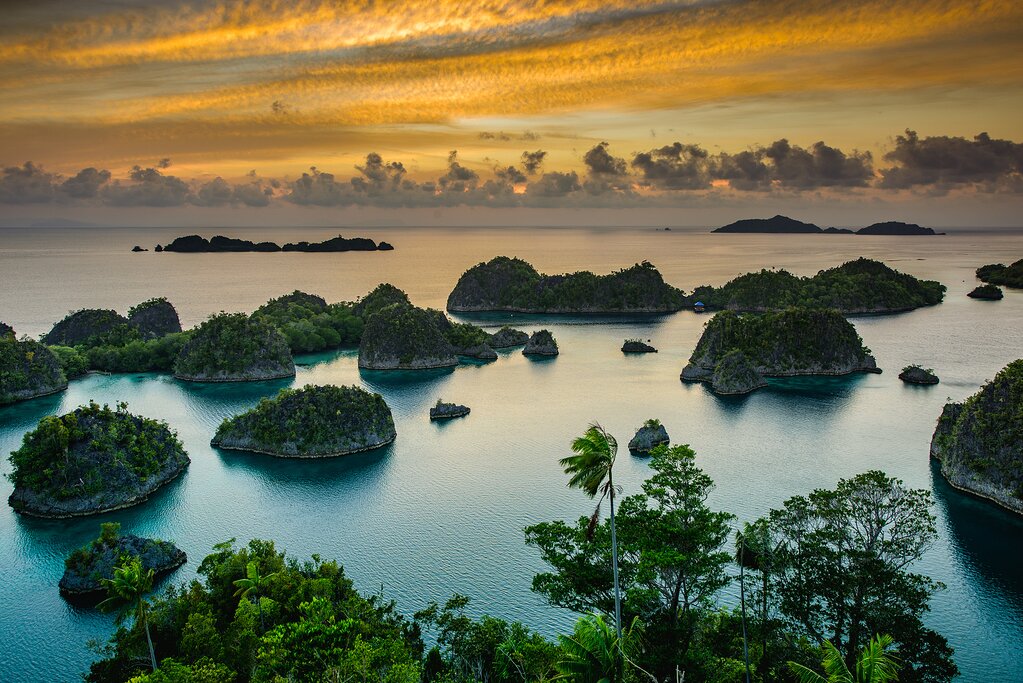
Raja Ampat means “the Four Kings”. Located in the far east of Indonesia, it is a vast archipelago composed of four main islands (Waigeo, Batanta, Salawat, Misool) and a multitude of jungle-covered karst islets plunging into turquoise water. An extraordinary and splendid environment to visit.
Raja Ampat is an exceptional archipelago, for its beauty and biodiversity, both on land and underwater. This magnificent end of the world, long isolated, is in the middle of the famous Coral Triangle between the Indian and Pacific Ocean. In France, the general public discovered these wild Islands on TV.
- Where is Raja Ampat?
You have trouble locating Raja Ampat? As I said above, they are islands located in the far east of Indonesia. The archipelago, off the island of New Guinea, is part of the province or region called West Papua (Papua Barat in Indonesia).
Most travellers reach Raja Ampat via Sorong airport in front of the islands. Sorong is a mining and industrial port, without much charm, with about 260,000 inhabitants today, where one of the scourges affecting Indonesian waters is clearly visible: plastic pollution.
Sorong is located on the “beak” of the tip of West Papua, nicknamed the “Birds Head Peninsula” (Birds Head Peninsula in English) because of its form. Sorong airport has undergone a metamorphosis: it has been completely rebuilt and enlarged! As a result, the archipelago, which for a long time had remained away from so-called “mass tourism”, is seeing the number of foreign and Indonesian visitors increase year after year. For example, in the diving tourism sector; from a dozen diving operators in the liveaboards (dive cruises) in the early 2010s we’ve grown to more than a hundred in 2019…
As for tourism in general, since the visit of president Jokowi (joko widodo) in 2016, the way in which the Indonesian authorities have started to develop and promote the destination (especially on social networks with the keyword #lastparadise) kind of scares me. For example, on the island of Piaynemo that I was talking about above, lots of signs, platforms and new stairs have been installed everywhere. Big white letters Hollywood style , claiming P I A Y N E M O were even hung on a karst cliff at the entrance to the bay….A horror especially dedicated to instagrammers, I suppose .
3. My previous trips to Raja Ampat
I do not pretend neither to offer here the “ultimate“ guide to Raja Ampat, nor to sell the destination as “ the last paradise “ As I said before, things change so fast there! In a short time, with the increasing number of divers and tourists, Indonesian and international, nothing will be quite the same.
4. When to go to Raja Ampat for diving?
Good news: you can dive all year round in the north of Raja Ampat (the islands around the Dampier Strait, off Sorong). But to optimize your stay, there are subtleties to know about the climate and weather of this region, West Papua, which differ from the rest of Indonesia.
Well, it is not really Asia anymore, but Oceania….
- October to April: this is the period considered optimal for diving.
Corresponding to the northwest monsoon, this season is often described as “dry” by tour operators. In reality, it can still rain quite a bit (especially in December and January). No, the real difference with the so-called “wet” season from May to September (southeast monsoon) is that there is almost no wind or swell. The conditions are therefore ideal for sailing and it is the high tourist season for dive cruises. It is also a period when plankton proliferates: the visibility underwater is then less good (sometimes rotten), but we have more chance to meet manta rays, especially the huge oceanic rays, and to see them form a spectacular ballet at the site, Manta sandy. (unfortunately, since 2015, we see them less often, the too large number of boats and divers has made them swim away).
- Good to know for May-June: it’s a bit the tourist off-peak period. It is therefore a good plan for divers to go there at that time, because resorts regularly offer interesting promotions on their “accommodation + diving” packages.
- From May to September: you can dive in the north of Raja Ampat but not in the south. We are at this period under the southeast monsoon, called “wet” (but in terms of rainfall, the difference is not very marked with the season called “dry” from October to April). In fact, what distinguishes the two seasons as I said above is the wind. Between mid-May and mid-September, it can blow quite a lot, with a very rough sea. If you are based on land on an island in the northern archipelago, there is no problem to dive on nearby sites, but more distant trips will depend on the weather and the swell (this is why there are few or no cruises organized during this period). On the other hand, the southern archipelago of Raja Ampat (Misool and its surroundings) is much more exposed to winds from May to September: it is therefore difficult or even impossible to sail and dive there during this period. Manta rays are also rarer, because there is not so much plankton near the surface, but the visibility underwater seemed to me to be better overall.
- The air temperature is stable (25˚C at night, 30˚C during the day), the water temperature is constant, around 28˚C. We are at the level of the equator, so, basically, it is always hot and humid. The climate is really “equatorial” all year long, without big seasonal variation except wind I mentioned above. After that, the weather is not an exact science, and the climate can change. So we can have a rotten week. Or not. Or have both Seasons in the same day…




